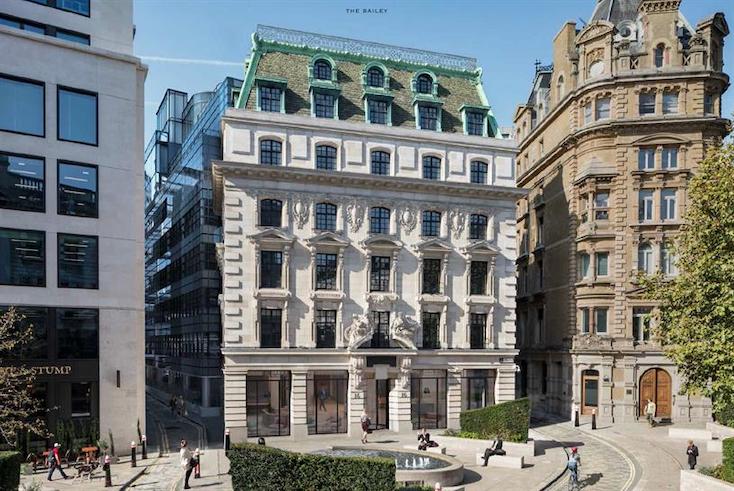A hybrid future requires a fresh approach to the pitch process

Richard Morris, UK and Ireland CEO at IPG Mediabrands shares his thoughts on remote pitching and hybrid working
Of the many new agency experiences we’ve had to adapt to over the past year and a half, the remote pitch remains perhaps the most surreal.
Being able to participate in an intense, competitive review and be awarded a significant piece of business, despite having never met the client face-to-face, demonstrates what’s now possible in our digital-first landscape.
There’s little doubt remote pitching has divided opinion: some feel strongly that Zoom is the enemy of (true) chemistry, while others view the remote pitch as a purer form of the art.
There is some truth to both positions; remote does place an emphasis on substance over style, but those that enjoy the theatre of the in-person pitch certainly miss the opportunity to indulge in a little pageantry – dressing up as pilots, bringing in choirs… you know the sort of thing.
Looking at it in purely pragmatic terms, any ways in which the pitching process can be made more efficient, at no detriment to performance, can only be a good thing – especially now more reviews are coming in as an end is (hopefully) in sight for the pandemic and advertisers are reassessing their needs.
Virtual works
From a prospective client’s perspective, remote pitching allows a greater number of stakeholders to be involved in the selection process. It also allows for greater interaction over multiple channels. This all means the outcome is less influenced by a final ‘performance’ on the day.
As the industry moves towards the hybrid working model, there’s no doubt this will greatly impact the ways in which clients contract and work with their agencies more broadly.
If the bulk of day-to-day account communications are likely to be conducted virtually then it makes sense to work on this basis from the get-go.
We should certainly now all have the confidence to deliver the rational elements of a pitch remotely – for example, data infrastructure, capability deep-dives, transition plans and contract mark—ups.
But you still need to offer space(s) for the human
While remote is clearly the sensible option from the perspective of efficiencies, interpersonal connections are best forged in person.
This is why flexible working is the best option for many, and there’s no question the industry should do more to embrace hybrid, that includes for pitching too.
My personal take is that adland would be a poorer place if it were to sacrifice the drama of the in-person pitch entirely to Zoom.
Many thrive on face-to-face interactions so we do still need dedicated physical spaces. Eric Bentley, theatre critic and playwright, is sadly no longer with us but his words have never been more pertinent:
“…The camera can show us all sorts of things – from close-ups of insects to panoramas of prairies – which the stage cannot even suggest, and it can move from one to another with much more dexterity than any conceivable stage. The stage, on the other hand, can be revealed in the unsurpassable beauty of three-dimensional shapes, and the stage actor establishes between herself and her audience a contact real as electricity.”
[advert position=”left”]
It’s not so different for agencies. After all, you know when you have a really special idea. If it’s something that will raise the hairs on the back of the neck when delivered brilliantly, you really do want to deliver it in person.
At a point when many firms are rethinking their offices entirely, IPG Mediabrands has doubled down on investing in a new UK headquarters, The Bailey (pictured). A major factor behind this decision was the special kind of electricity that arises in pitching.
Some – agency and clients alike – want to be able to read the room and draw on its energy, we owe it to those people to give them the opportunity. This might sound grandiose, but for some the experience of the pitch simply cannot be replicated over Zoom.
Making hybrid pitches work means no compromise on tech
Businesses are made up of all sorts of personality types though and not everyone works best in-person.
Consequently, level eight (the top floor) of the Bailey has been designed to offer the best of both worlds – the convenience of digital speaks to the head and the frisson of the face-to-face appeals to the heart. It also offers some of the most dramatic views of the City of London, which helps on the latter point.
We wanted to be sure anyone who prefers to join remotely can do so and won’t be forced into taking a backseat because they can’t see or hear what’s happening.
All the boardrooms, meeting rooms and even the central client lounge are kitted out with cutting-edge conferencing and other AV technologies.
The carefully considered layout, screens – and most importantly the position of mics and speakers – ensure everyone is drawn fully into the proceedings regardless of their physical location.
So, here’s to change – but also here’s to difference. The next challenge for businesses in this sector is to support the needs of all by building hybrid in to every aspect of how we operate – yes, even pitches.




